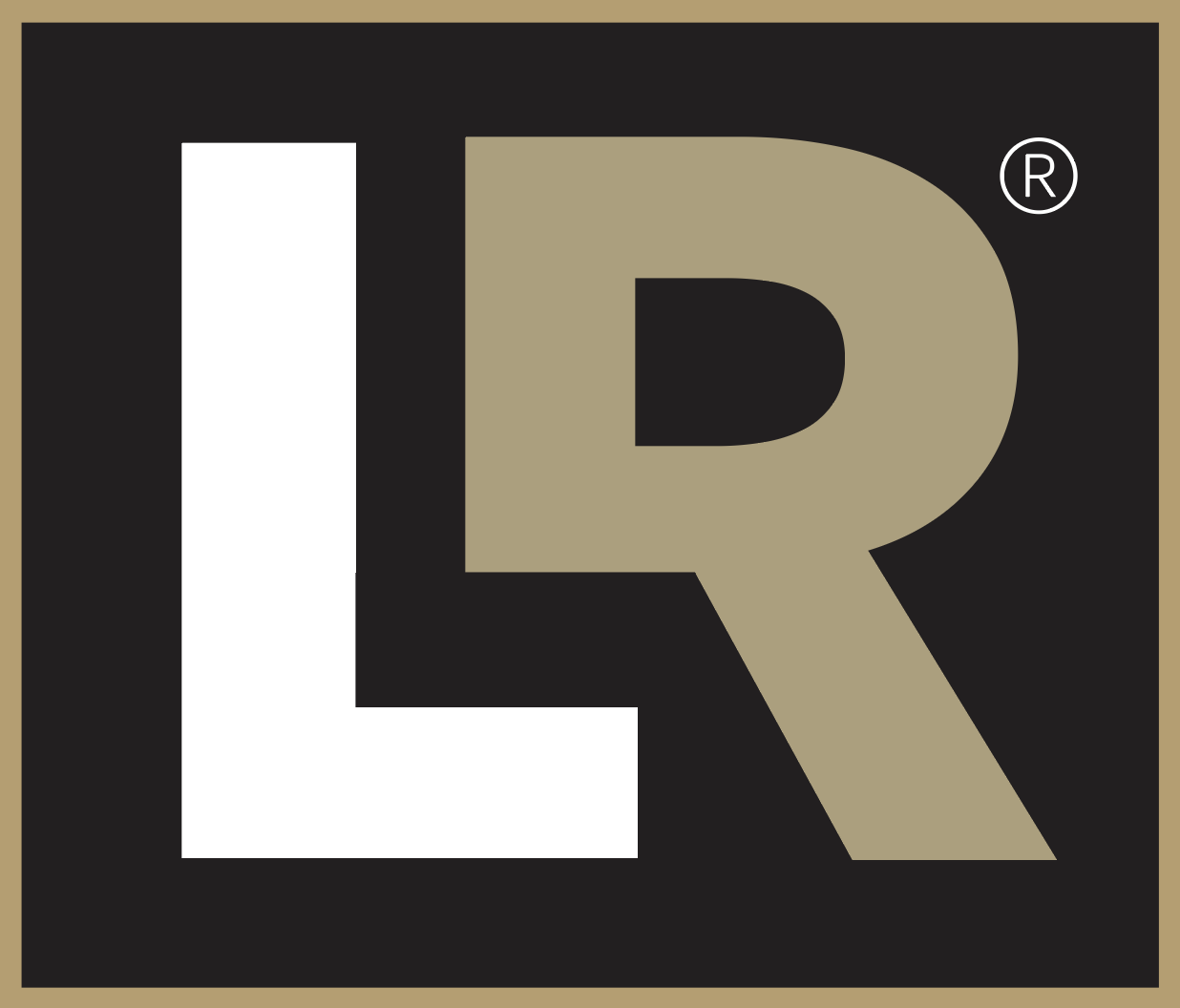Understanding the Legal Controversy Behind Ozempic

Understanding the Legal Controversy Behind Ozempic
In recent years, Ozempic, a medication prescribed to manage type 2 diabetes, has garnered attention not just for its potential health benefits but also for the controversy surrounding it. Several lawsuits have been filed against the drug's manufacturer, Novo Nordisk, alleging a range of health issues and inadequate warnings. The Basics of OzempicOzempic, with its active ingredient semaglutide, is a medication designed to help people with type 2 diabetes control their blood sugar levels. It works by mimicking the effects of a hormone called glucagon-like peptide-1 (GLP-1), which stimulates insulin production and reduces sugar production in the liver. Approved by the U.S. Food and Drug Administration (FDA) in 2017, Ozempic has gained popularity for its effectiveness in managing blood sugar and promoting weight loss, which are crucial factors in diabetes management.Allegations Against Novo NordiskDespite its popularity, Ozempic has faced legal challenges. Numerous lawsuits have been filed against Novo Nordisk, alleging various health issues and inadequate warnings associated with the drug. Some plaintiffs claim that Ozempic has caused severe and unexpected side effects, including pancreatitis, thyroid tumors, and even pancreatic cancer. Others argue that the manufacturer failed to provide sufficient warnings about these potential risks, leaving patients unaware of the dangers associated with the medication.The Legal ProcessOzempic lawsuits typically follow a familiar legal process. The plaintiff, usually an individual who has taken the medication and experienced adverse effects, initiates the lawsuit by filing a complaint against Novo Nordisk via their Ozempic class action lawyer. In this complaint, the plaintiff outlines their claims, detailing the injuries suffered and the alleged negligence or misconduct of the drug manufacturer. Novo Nordisk, as the defendant, then has the opportunity to respond to these allegations, often by filing a motion to dismiss or presenting a defense.As the Case Moves ForwardAs the case progresses, both parties engage in a process called discovery, where they gather evidence, interview witnesses, and exchange information. This phase is crucial in building a strong case for either side. Subsequently, the case may go to trial, where a judge or jury will evaluate the evidence presented and make a decision. It's important to note that many lawsuits are settled before reaching the trial stage, with the parties agreeing to a settlement outside of court.What It Means for Patients and Healthcare Providers
 Doctor shaking hands with man in suit; image by herbert11timtim, via Pixabay.com.
Doctor shaking hands with man in suit; image by herbert11timtim, via Pixabay.com.

About Kevin Gardner
Kevin Gardner graduated with a BS in Computer Science and an MBA from UCLA. He works as a business consultant for InnovateBTS where he helps companies integrate technology to improve performance. He shares his knowledge and expertise not only with his clients, but also with his fellow bloggers and readers.
